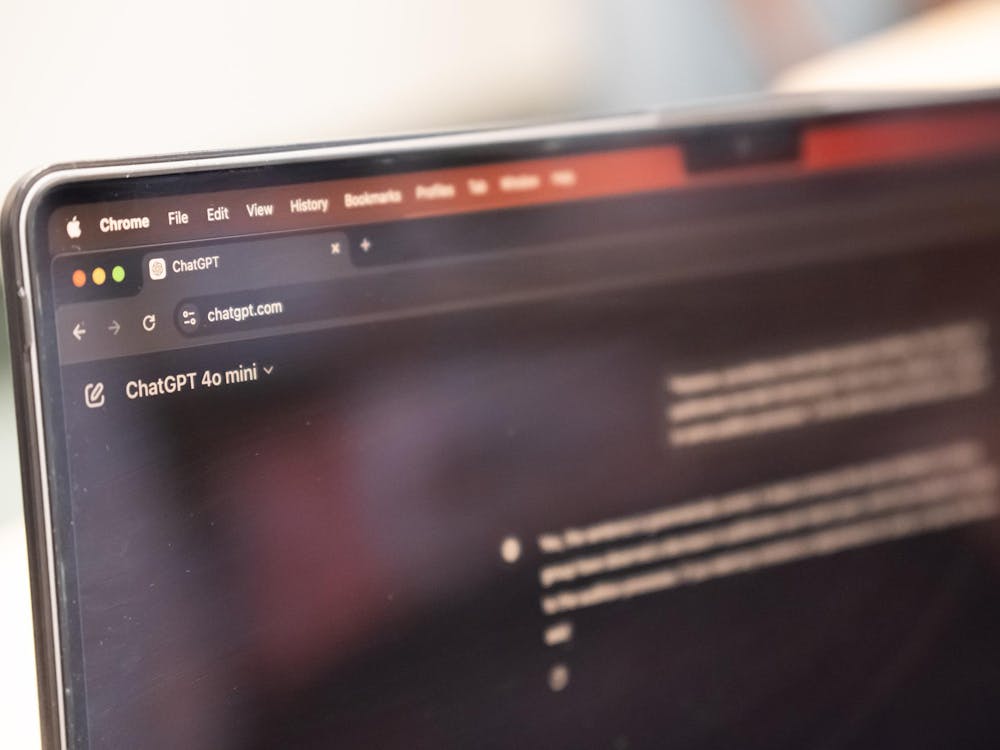This was the first major test of the emergency-response provisions for a potential gun-wielding attacker that Princeton put in place in the aftermath of the April 2007 Virginia Tech shootings. And on many levels, the responders seem to have done things well. It is clear that the initial response of both Public Safety and Borough Police was swift, with officers reporting to Spelman Halls within minutes of the first student report. The emergency notification system — which alerted students to take precautions through e-mails, text messages and phone calls — was likewise effective and efficient.
But other parts of the response merit closer scrutiny. Primarily: The length of time between the first threat report and student notification — roughly 80 minutes — is troubling. That the situation was serious enough to immediately call armed Borough Police officers to the scene suggests that it was also severe enough to merit alerting students with similar speed. Many students were still walking around campus in the vicinity of Spelman while officers patrolled and investigated the initial reports, and those officers apparently offered no warning.
Furthermore, in light of the Virginia Tech shootings — when there was a long lull between phases of the attack on disparate ends of campus — this long delay in notifying all students is unacceptable. By the time students were alerted to the presence of an armed individual near Spelman, the information was essentially useless — the suspect might have been far from Spelman by that time.
University spokeswoman Cass Cliatt ’96 explained to The Daily Princetonian that this time lapse was a result of the need to interview witnesses and establish whether the threat was credible. The Editorial Board appreciates that ensuring credibility is a crucial aspect of any threat response system, and this assessment must be undertaken in a thorough and efficient manner so as not to create unwarranted panic or inundate the campus with fake threats. But given the potential danger of an attack, students should have been alerted far earlier than they were.
To remedy this, Public Safety could send out a notification immediately, as soon as any form of threat credibility is established. Cliatt claimed that Public Safety receives reports about potential security threats on a “not infrequent basis.” This suggests that threats are not reported so often that it would be overly burdensome to notify students on these occasions. And even if an incident does not result in genuine danger, a false alarm is preferable to a tragedy. The possibility that students will take alerts less seriously if they receive them more often is a risk worth taking.
Executive Vice President Mark Burstein, reacting on Saturday morning, said that the administration was “extremely satisfied with [its] response” to this threat. And it’s important to note that the student body does not have all the details of Public Safety’s decision-making process — to publicize all such details might very well cripple the integrity of the University’s response system. But from what we do know, it appears clear that there are still unanswered questions, especially regarding the wisdom of an 80-minute delay in notifying students. As long as these questions remain unanswered, we are not extremely satisfied.







